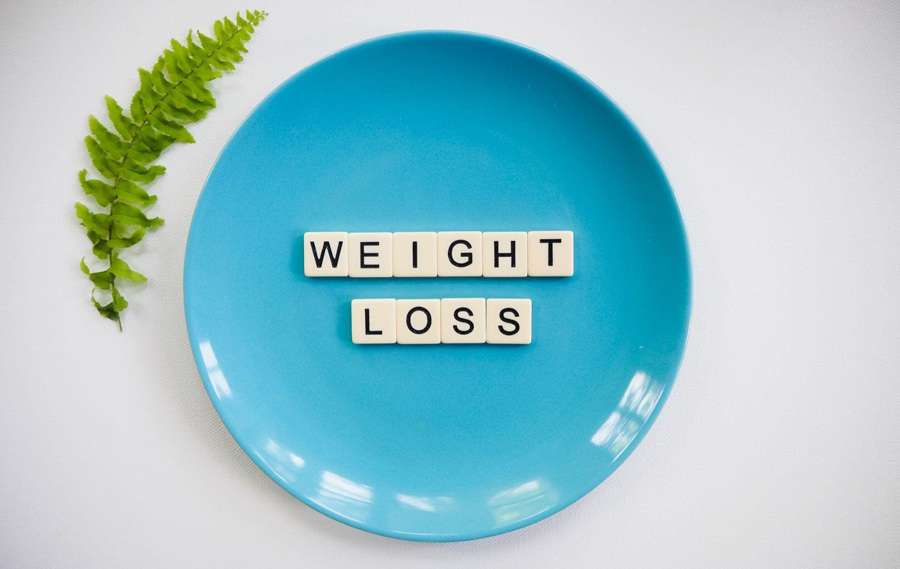
If you have the above questions- or any other- regarding intermittent fasting, you are at the right place. Read on to find answers to some of the most common questions about intermittent fasting- IF.
1. What Is Intermittent Fasting? Why Would One Do It?
The term intermittent fasting simply means that periods of fasting occur regularly between periods of normal eating. How long each period of fasting lasts, and how long the period of normal eating lasts, can vary widely. There are many different fasting regimens, and there’s no “best” one. They all work to different degrees for different people. One regimen may work for one person but be utterly ineffective for the next. One person may prefer shorter fasts while another prefers longer ones. Neither is correct or incorrect. It is all personal preference.
Fasts can range from twelve hours to three months or more. You can fast once a week or once a month or once a year. Shorter fasts are generally done more frequently, even daily, while longer fasts twenty-four to thirty-six hours is the most common duration—are usually done two to three times per week. Prolonged fasting may range from one week to one month. Shorter regimens are generally used by those mostly interested in weight loss rather than in treating type 2 diabetes, fatty liver disease, or other metabolic diseases. However, shorter, more frequent fasts still often work well for these conditions.
According to John Hopkins Medicine, intermittent fasting is a way of eating that calls for alternating between fasting and eating at specific times. Intermittent fasting is not about what you eat or do not eat. Instead, it is about when you eat. In intermittent fasting, you schedule your meals at particular times when they reap the most benefit.
The most notable pursuit of following intermittent fasting is weight loss. It reduces body fat without cutting down on calories. This way, you can get lean while keeping your hard-earned muscle mass on. Since it requires only a little behavioral change, it is a good and easy practice for several weight loss aspirants. You don’t have to count the calories every time you eat. You can do the simple task – skip the meal!
2. How Does it Aid Weight loss? What Is The Science Behind Intermittent Fasting?
The idea of intermittent fasting stands around burning fats when there are not enough carbs. After having a meal, your body is in a fed state- digesting and absorbing the food. Your insulin levels are high, converting sugar into energy and storing extra sugar in the fat cells as fat. Then comes the post-absorptive phase, in which there is no absorption of food. After 8-12 hours of post-absorptive state- your body enters the fasted state. In this state, your insulin levels are low. Thus, the fat cells release their stored sugar to be converted into energy. This way, you can burn enough fat- and lose weight– without changing what you eat.
3. What Are Different Types Of Intermittent Fasting?
Intermittent fasting has several types- ways- to restrict your eating time. Find out one that suits you the best as per your nutrition, social events, and daily schedule. Here are your options:
16:8 Fasting Method:
In this method, you fast for 16 hours and eat for 8 hours of the day. The eating window is between 11 a.m. to 7 p.m. or 12 p.m. to 8 p.m. It is the most convenient method as most nighttime is spent sleeping. You can skip breakfast and not eat until lunch; sorted!
5:2 Fasting Method:
It allows you to eat a normal diet five days a week while limiting the calorie count to 500 on two weekdays. You can choose any two fasting days with a non-fasting one between them.
Alternate Day Fasting:
It involves fasting every other day with some variations. Some people reduce their calories to 500 on fasting days, and some restrict it to 0. On a non-fasting day, however, you can eat as you want. Alternate Day Fasting- ADF- is an effective routine for weight loss and cardiac health. A study shows that 32 participants lost about 5.2 kg (11 lb) over a 12-week interval. Another study shows it is beneficial for reducing cholesterol levels.
Eat- Stop- Eat Diet:
This method involves not eating for 24 hours once or twice a week. There is no food intake, but you can have water, tea, coffee, or other calorie-free drinks. Also, you should return to a regular diet on non-fasting days. The 24-hour fast is a challenging method, which may lead to fatigue, low energy, hunger, and headache. The 16:8 or 5:2 method is advised over 24-hour fasting.
4. Can We Have Liquid Beverages While Fasting?
5. What Are The Benefits Of Intermittent Fasting?
Here are some of the benefits of intermittent fasting:
- It promotes weight loss by burning fat without cutting down on any food.
- The calorie restriction increases the longevity of life by slowing down the aging process.
- According to a study, intermittent fasting prevents the blocking of arteries, regulates blood pressure, and improves cardiovascular health.
- It causes weight loss, which, in turn, increases insulin sensitivity. Thus, it controls diabetes.
- Intermittent fasting allows you to lose weight while retaining muscle mass. It enhances the body’s physical activity as well.
Bottom Line!
The following quote from Dr. Michael Eades, MD, sums up the intermittent fasting: “Diets are easy in the contemplation, difficult in the execution. Intermittent fasting is just the opposite – it is difficult in the contemplation but easy in the execution.”
Comments
comments